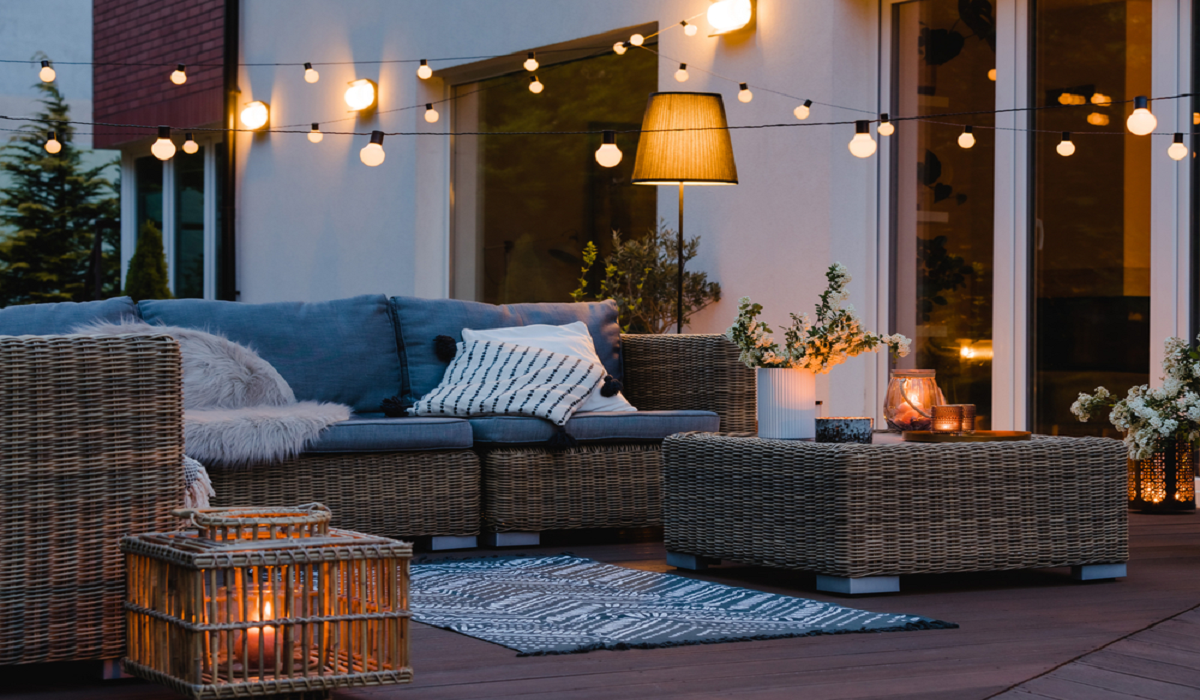April is Stress Awareness Month, a time to focus on the importance of managing stress in your life. Stress can have a negative impact on your physical and mental health, leading to a range of issues from anxiety and depression to heart disease and chronic pain. While you can’t always control the stressors in your life, you can take steps to manage your stress levels and create a sense of calm and peace in your home. In this article, we’ll cover everything you need to know to create a calming and relaxing home environment.
Tips for making your home a stress-free zone
Here are some practical tips and tricks for making your home a stress-free zone.
Declutter and organise
One of the easiest and most effective ways to reduce stress in your home is to declutter and organise your space. A cluttered and disorganised home can create a sense of chaos and overwhelm, making it difficult to relax and unwind. Donate or sell items that you no longer need or use, and find proper storage solutions for the items that you keep.
Create cosy spaces
Cozy and inviting spaces can promote relaxation and reduce stress. Use soft lighting, incorporate natural elements, choose calming colours, and use soft textures such as blankets and pillows to create a cosy and peaceful space. Remember to make changes that work for you and your lifestyle and enjoy the benefits of a relaxing home.
Make a dedicated a relaxation space
Having a dedicated relaxation space in your home can help you unwind and de-stress after a long day. Choose a quiet and secluded area of your home where you can relax without distractions. Use decor such as candles, soft lighting, and calming artwork to create a serene and peaceful atmosphere. Choose comfortable seating such as a cosy armchair or chaise lounge where you can unwind.
Use calming scents
Aromatherapy has been used for centuries to promote relaxation and reduce stress, and it’s easy to incorporate into your home with candles, essential oils, or diffusers. Scents such as lavender, chamomile, and vanilla have been shown to have a calming effect on the mind and body. You can choose scented candles in your favourite relaxing scents or add essential oils to bathwater. You can also experiment with different scents to find the ones that work best for you.
Add plants
In addition to adding a touch of nature to your home, indoor plants can also help purify the air and promote a sense of calm and well-being. Plants are known to release oxygen and absorb carbon dioxide, which helps to purify the air we breathe and reduce stress levels. Studies have shown that simply looking at plants can have a calming effect on the mind and body. Choosing low-maintenance plants such as succulents or spider plants is a great option for those who are new to plant care or have limited time for plant maintenance.
Use soft lighting
Harsh lighting can be stressful on the eyes and contribute to feelings of tension and anxiety. Table lamps, floor lamps, and even string lights can be used to create a cosy and inviting atmosphere in any room. Using warm bulbs or bulbs with a yellow or orange tint can also help create a relaxing ambiance. Dimmer switches are another great option for controlling the lighting in your home.
Choose calming colours
The colours we choose for our home decor can have a significant impact on our mood and emotions. While some colours can be energising and uplifting, others can be calming and soothing. When it comes to reducing stress levels in the home, it’s important to choose colours that promote relaxation and a sense of calm. Calming colours such as blues, greens, and neutrals are great options for creating a stress-free environment. It’s also important to consider the intensity of the colours you choose. Bright, bold colours can be energising but may also create a sense of tension and stress. Soft, muted tones are often better suited for promoting relaxation.
Know about: lavender and off white bedroom
Create gadget-free zones
Technology has become an integral part of everyday life, but it can also be a significant source of stress and tension. Constant notifications, screen time, and the pressure to be constantly connected can contribute to feelings of overwhelm and anxiety. To create a stress-free home environment, it’s important to minimise the use of technology when possible. One way to do this is by creating gadget-free zones in your home. This could be a designated area such as a bedroom or a living room where you don’t allow any technology. By creating a technology-free zone, you can give yourself a break from screens and the constant stimulation of technology.
FAQs
Is it necessary to declutter the entire home?
No, it's not necessary to declutter your entire home at once. Start with one room or area and work your way through it systematically.
How to create a cosy and inviting space?
Use soft lighting, incorporate natural elements, choose calming colours, and use soft textures such as blankets and pillows to create a cosy and inviting space.
How to create a dedicated relaxation space?
Choose a quiet and secluded area, use calming decor, incorporate comfortable seating, and add soothing scents to create a dedicated relaxation space.
| Got any questions or point of view on our article? We would love to hear from you.
Write to our Editor-in-Chief Jhumur Ghosh at jhumur.ghosh1@housing.com |

Dhwani is a content management expert with over five years of professional experience. She has authored articles spanning diverse domains, including real estate, finance, business, health, taxation, education and more. Holding a Bachelor’s degree in Journalism and Mass Communication, Dhwani’s interests encompass reading and travelling. She is dedicated to staying updated on the latest real estate advancements in India.
Email: dhwani.meharchandani@housing.com












